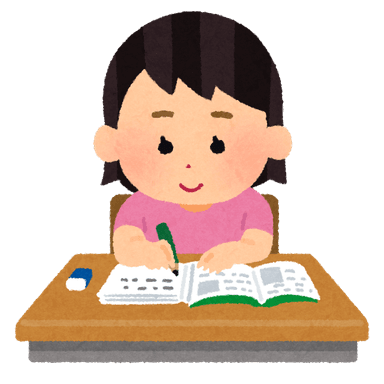Japanese Language Proficiency Test
What is the JLPT?
The JLPT is a standardized examination organized by the Japan Foundation and the Japan Educational Exchanges and Services (JEES). It is conducted worldwide and serves to assess and certify the Japanese language proficiency of non-native speakers.
Test Levels
The JLPT is divided into five proficiency levels, ranging from N5 (easiest) to N1 (most advanced). Each level corresponds to a specific range of language skills, including vocabulary, grammar, reading, and listening comprehension.
Global Recognition
The JLPT is widely recognized by employers, educational institutions, and government agencies in Japan and around the world. Achieving a certain JLPT level can enhance job prospects, study opportunities, and cultural exchange experiences.
No Official Lists
Unlike some other language tests, the JLPT does not provide official lists of specific kanji characters, vocabulary words, or grammar points to study. Candidates are encouraged to use various study materials and resources to prepare comprehensively.
Test Frequency
The JLPT is held twice a year: once in summer (usually July) and once in winter (usually December). Registration periods and test dates vary by region, so candidates should check the official JLPT website for specific details.

Study Progress
N1
Total Progress
N1
Total Progress
N2
Total Progress
N2
Total Progress
N3
Total Progress
N3
Total Progress
N4
Total Progress
N4
Total Progress
N5
Total Progress
N5
Total Progress
Structure and Question Types
Section 1: Vocabulary and Kanjis (文字・語彙)
1.1 Kanji Reading
Choose the correct reading for the underlined word.
1.2 Orthography
Choose the correct writing for the underlined word.
1.3 Word Formation
Fill in the blank to complete the unfinished word.
1.4 Contextually Defined Expressions
Fill in the missing word depending on the given context.
1.5 Paraphrases
Choose the option with the most similiar meaning to the given sentence.
1.6 Usage
Choose the option most similiar to the given word.
Section 2: Grammar and Reading (言語知識・読解)
2.1 Sentential Grammar 1 (Selecting Grammar Form)
Fill the blank with the correct grammar form.
2.2 Sentential Grammar 2 (Sentence Composition)
Correctly order a given set of words to form a sentence.
2.3 Text Grammar
Choose the correct phrases for a series of blanks within a text passage.
2.4 Comprehension (Short, Medium, Long)
Answer questions based on text passages of different lengths.
2.5 Integrated Comprehension
Two passages, A and B, are presented and questions about similarities and differences will be asked.
2.6 Thematic Comprehension
Answer questions about the overall meaning of a longer text passage.
2.7 Information Retrieval
Answer question about a presented graph / chart / poster etc.
Section 3: Listening Comprehension (聴解)
3.1 Task-based Comprehension
A description of the situation and related questions will be provided for a short conversation.
3.2 Comprehension of Key Points
Same as 'Task-based comprehension', but usually with longer conversations and questions about smaller details.
3.3 Comprehension of General Outline
Questions about the general meaning of long conversations / monologues. (Answer options only as audio)
3.4 Verbal Expressions
A picture with an arrow pointing on a person will be given. Choose the phrase this person should say. (Answer options only as audio)
3.5 Quick Response
Choose the best answer to a spoken phrase. (Answer options only as audio)
3.6 Integrated Comprehension
Two passages, A and B, are presented and questions about similarities and differences will be asked.
Example Tests
